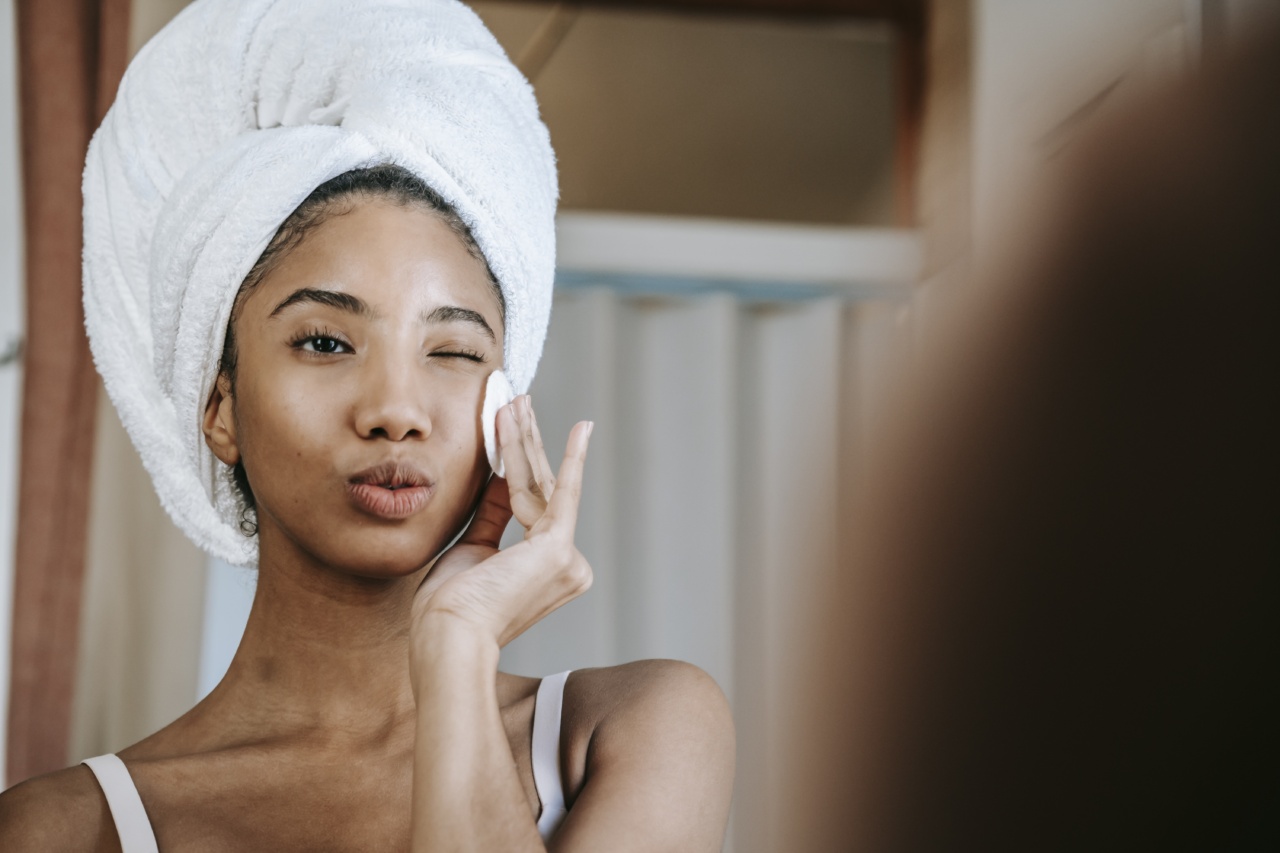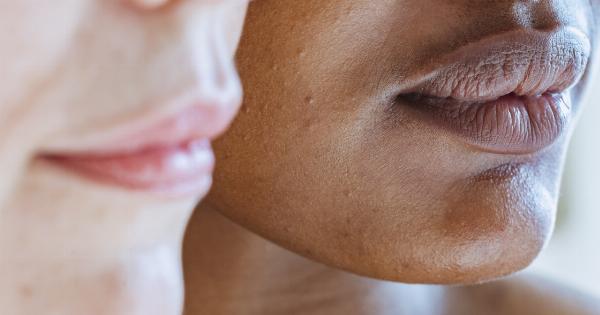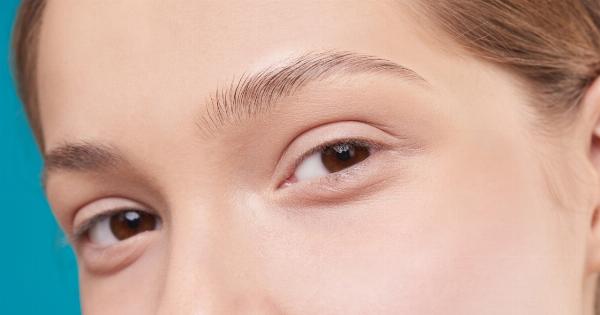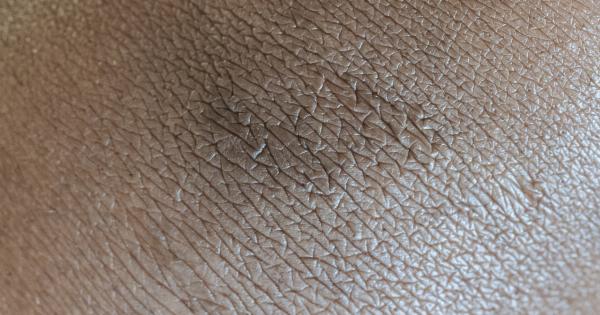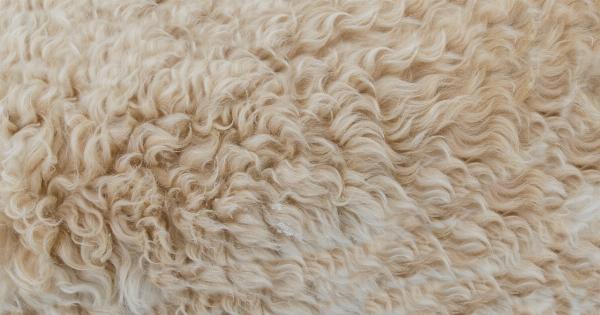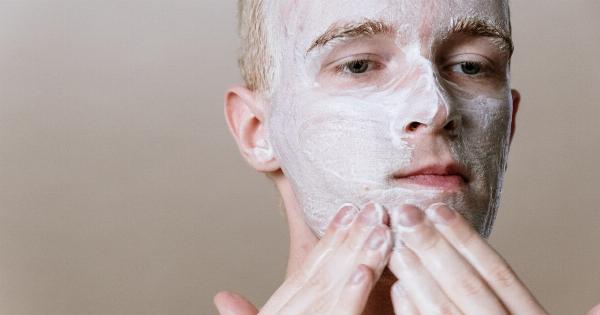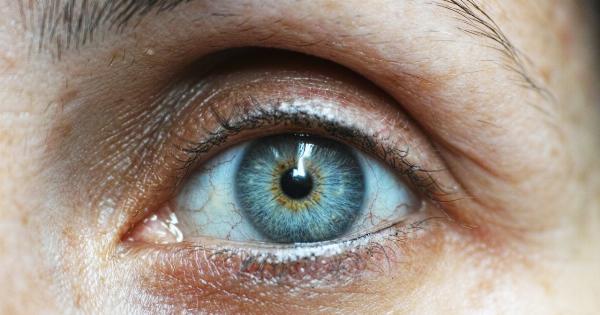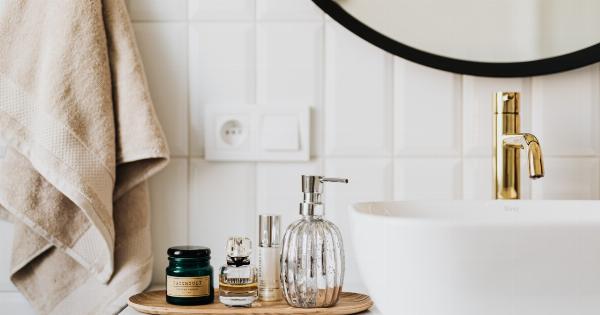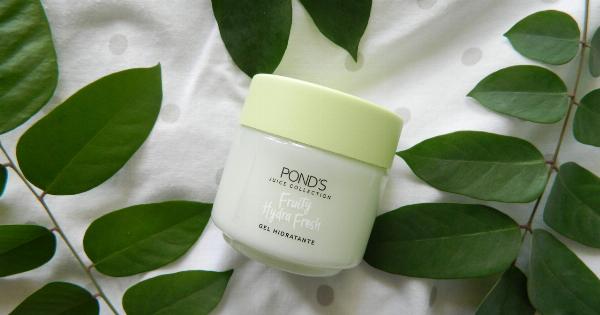If you want clear, radiant skin, a proper face cleansing routine is essential. Cleansing your face not only removes dirt, oil, and makeup but also unclogs your pores, prevents breakouts, and promotes a healthy complexion.
However, with so many products and techniques available, it can be overwhelming to figure out the best routine for your skin. In this article, we will discuss five tips to help you establish the perfect face cleansing routine for your needs.
1. Know Your Skin Type
Before diving into a face cleansing routine, it is important to understand your skin type. This knowledge will guide you in selecting the right products and techniques that will effectively cleanse your skin without causing any irritation or imbalance.
There are generally four skin types: normal, dry, oily, and combination. Here’s a brief overview of each:.
- Normal: Neither too oily nor too dry, with small pores and an even complexion.
- Dry: Often feels tight, with flaky patches and minimal pore visibility.
- Oily: Has a greasy appearance, with enlarged pores and a higher likelihood of developing acne.
- Combination: Exhibits characteristics of both dry and oily skin, with a tendency for an oily T-zone (forehead, nose, and chin) and dryer cheeks.
Once you determine your skin type, you can customize your cleansing routine accordingly.
2. Choose the Right Cleanser
With countless options available, choosing the right cleanser can be overwhelming. The type of cleanser you select depends on your skin type and concerns. Here are some common cleanser types:.
- Gel Cleansers: Ideal for oily and acne-prone skin, these cleansers effectively remove excess oil and impurities without leaving a residue.
- Cream Cleansers: Suitable for dry and sensitive skin, these cleansers hydrate and nourish the skin while gently removing dirt and makeup.
- Foam Cleansers: Great for normal to oily skin, these cleansers lather well and effectively eliminate impurities, leaving the skin feeling refreshed.
- Oil Cleansers: Particularly useful for removing makeup and sunscreen, these cleansers are suitable for all skin types. Contrary to what you may expect, oil cleansers do not clog pores.
When selecting a cleanser, look for gentle, non-comedogenic formulas that won’t strip your skin of its natural oils.
3. Establish a Consistent Routine
Consistency is key when it comes to your face cleansing routine. Cleansing your face twice a day, in the morning and at night, is generally recommended. However, if you have dry skin, once a day might be enough to avoid over-drying.
Here’s a step-by-step guide for an effective cleansing routine:.
- Start by wetting your face with lukewarm water.
- Apply a small amount of cleanser to your fingertips or a cleansing brush.
- Gently massage the cleanser onto your face using circular motions, focusing on areas prone to congestion like the T-zone.
- Rinse thoroughly with lukewarm water.
- Pat dry your face with a clean, soft towel.
- Follow up with toner, serum, moisturizer, and sunscreen.
- Remember to remove your makeup before cleansing your face at night.
By following these steps consistently, you can ensure that your skin stays clean and healthy.
4. Incorporate Exfoliation
Exfoliation is an essential step in any face cleansing routine as it aids in the removal of dead skin cells and promotes cell turnover.
By incorporating exfoliation into your routine 2-3 times a week, you can achieve a brighter complexion and improve the effectiveness of your other skincare products. There are two main types of exfoliators:.
- Physical Exfoliators: These exfoliators contain small particles that physically scrub away dead skin cells. Look for products with gentle exfoliating beads or particles to avoid causing micro-tears on the skin.
- Chemical Exfoliators: These exfoliators contain acids that dissolve dead skin cells. Alpha-hydroxy acids (AHAs) and beta-hydroxy acids (BHAs) are commonly found in chemical exfoliators and provide excellent results without the need for physical scrubbing.
When exfoliating, remember to be gentle, especially if you have sensitive skin. Over-exfoliation can lead to irritation and damage the skin barrier.
5. Don’t Forget to Moisturize
After cleansing, it is crucial to replenish your skin’s moisture barrier by applying a moisturizer suitable for your skin type.
Even if you have oily skin, using a lightweight, oil-free moisturizer will help maintain the balance and hydration levels of your skin. Look for moisturizers that contain beneficial ingredients like hyaluronic acid or ceramides.
Moisturizing also plays a vital role in preventing premature aging. When the skin is adequately moisturized, fine lines and wrinkles appear less prominent, and the skin appears plump and youthful.
Remember to choose a separate moisturizer for the delicate skin around your eyes. Eye creams or gels that address specific concerns like puffiness or dark circles should be applied gently using your ring finger.
By following these five tips, you can establish the perfect face cleansing routine that will leave your skin feeling fresh, clean, and glowing.
